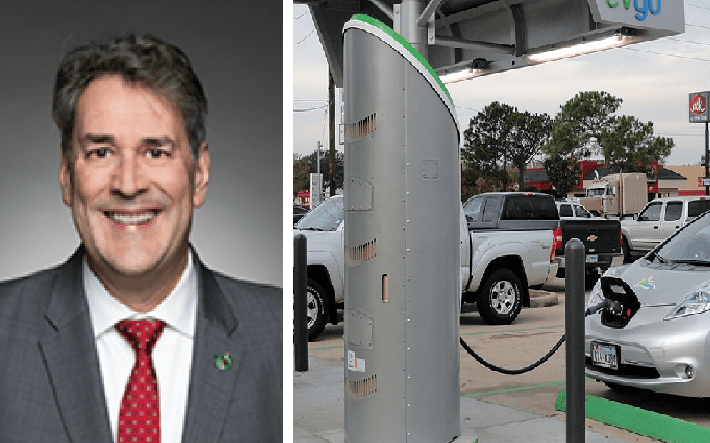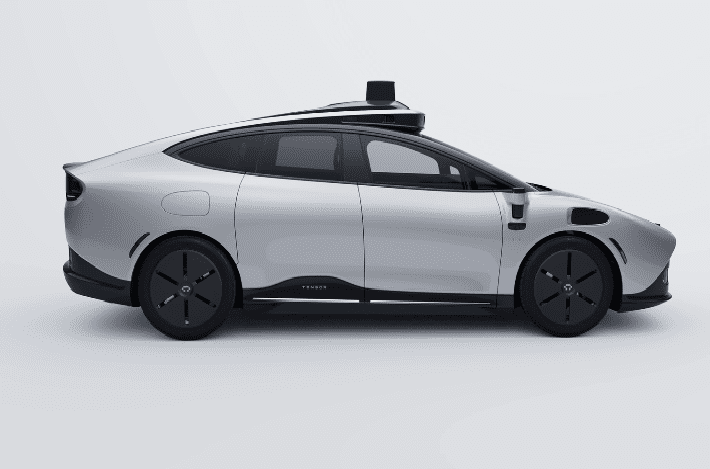Toronto, Ontario – In this weekly electric and autonomous vehicle report, H2FLY announces the world’s first successful hydrogen-fueled distance flight; and Tesla quietly rolls out autosteer on city streets.
Hydrogen is Taking Off
The everyday world of the Jetsons may soon be our own as the German company, H2FLY, announces the successful flight of their HY4 demonstrator.
The aircraft–which completed four successful test flights from Maribor, Slovenia–flew under electricity powered by liquid hydrogen.
The twin prop used liquid hydrogen to power a fuel-cell propulsion system which allows for a significantly lower tank weight and volume than gas or gaseous alternatives.
H2FLY notes that using cryogenically stored liquid hydrogen instead of a gaseous alternative can double the range of the HY4 from 750 km to approximately 1500 km.
This is not the first time that H2FLY has set an aviation first with the HY4. In April, the aircraft set a record for the highest zero-emission flight by soaring to 7,230 feet.
The aircraft can also reach a maximum speed of 200 km/h and a cruising speed of 144 km/h. These numbers are set to improve as the aircraft’s design continues to be refined.
Who knows? Electric planes could quickly be on the horizon, offering a sustainable flying solution for both commercial and consumer travel.
Autosteer Sneaks In
Consumers on the social media platform X recently noticed that Tesla’s Full Self-Driving Capabilities quietly got a new feature seemingly overnight.
Visiting Tesla’s online description for its Full Self-Driving Capability now has a new feature called “Autosteer on city streets.”
According to consumers, such as X user @SawyerMerritt, this change comes after the previous four years of the autosteer feature being listed as just “coming soon.”
Tesla’s capability package reads: “Your car will be able to drive itself almost anywhere with minimal driver intervention and will continuously improve.”
This includes features such as: Autosteer on city streets, as well as Traffic Light and Stop Sign Control.
Currently, the Full-Self-Driving Capabilities do not have a description of the autosteer safety features. Based on the wording of the feature, one would expect a vehicle to be able to drive on its own in city streets without any input from the driver.
However, a lack of transparency conventions is something that has gotten Tesla in trouble in the past with the U.S. Safety Regulators.
Regardless, for Tesla fans, it is an exciting step towards fully autonomous driving options.
The post EV/AV Report: Liquid hydrogen planes take to the skies; self-driving cars take to the streets appeared first on Collision Repair Magazine.



















